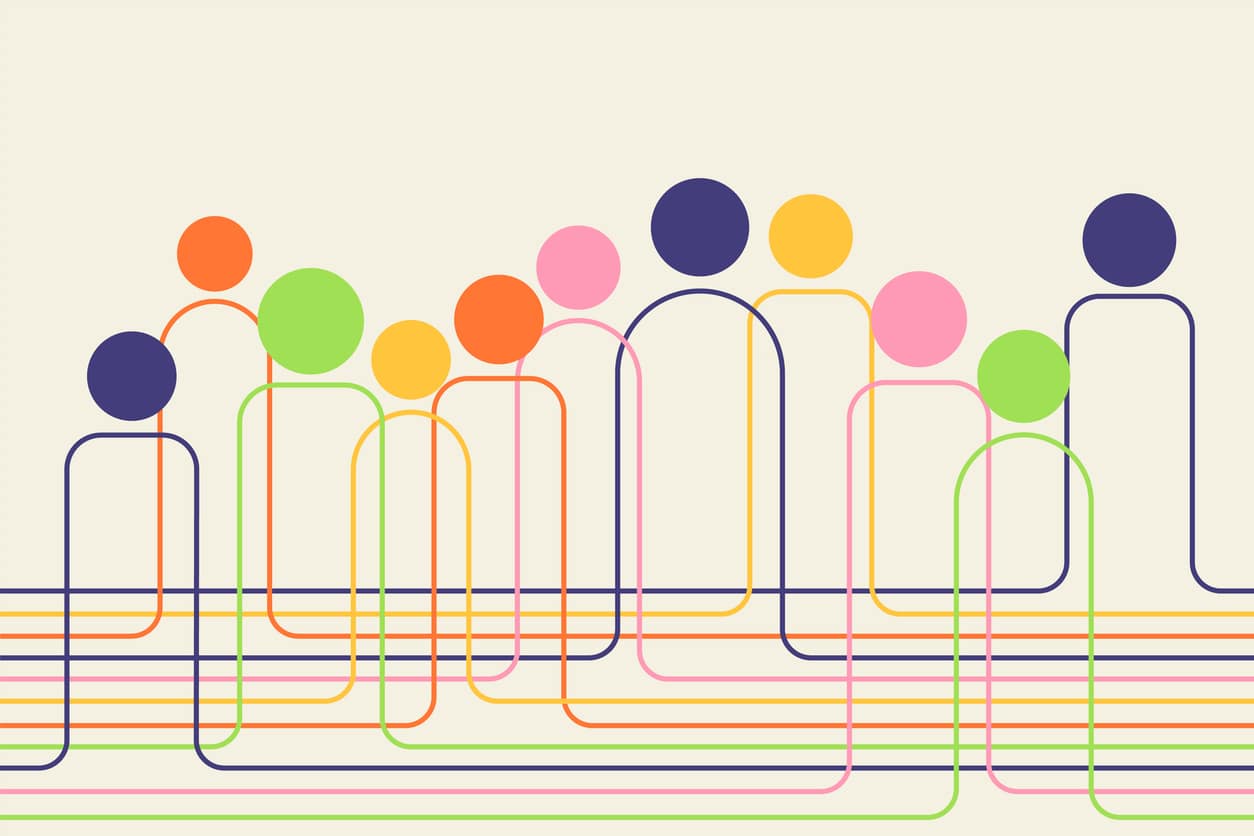
A signal for change — why choosing legal software must involve the whole firm
Implementing new legal software to drive efficiency is not just a technology project — it is a business-wide transition that should be managed with care, consultation and transparency, and involve the whole law firm, writes PracticeEvolve
In 2025, the world watched as white smoke rose above the Vatican, signalling a new Pope had been chosen. The announcement, rooted in tradition and collective decision-making, was the result of careful consideration and full participation by every member of the conclave.
This process, though centuries old, holds a valuable lesson for today’s law firms —particularly when it comes to selecting new software. The decision to invest in legal technology is not just an operational one; it’s a strategic step that affects the entire firm. And just like the conclave, it should be a collaborative process that considers the input of everyone involved.
A decision that reaches beyond leadership
Too often, the decision to adopt new legal software sits solely with senior leadership or a small selection committee. While budget and compliance are critical considerations, they are not the only factors that matter. Fee earners, support staff and administrators all interact with systems daily — and their feedback should be central to the decision.
The people working within the system every day are often the best positioned to identify inefficiencies, friction points and limitations. When these voices are excluded, firms risk implementing solutions that fail to address the real challenges experienced across teams.
Technology decisions made in isolation may check certain boxes, but often lead to poor adoption, frustrated staff and a decline in productivity. Without widespread consultation, the chosen solution can feel imposed — something to be endured, not embraced.
The impact of exclusion
When firms roll out new software without involving those who use it most, the result is frequently a lack of engagement — as the product will likely not meet their needs. As such, workarounds become the norm, training sessions are met with resistance, and existing problems remain unresolved under a new interface.
This disconnect can have lasting effects. Poor user experience leads to inefficiency, low morale and a culture of workaround solutions. Over time, the gap between leadership expectations and day-to-day reality widens.
The cost of this misalignment is not always immediately visible, but it is significant. Delayed work, manual duplication and frequent re-training all erode the intended return on investment.
Collaboration leads to stronger outcomes
The process of selecting new legal software should be structured, inclusive and informed. Engaging a cross-section of people across departments and levels helps ensure the decision is fit for purpose across the entire firm.
Workshops, user testing and open forums not only offer valuable insights, but also create a sense of ownership among staff. When people feel that their perspectives are considered, they are more likely to adopt the system and use it effectively.
This collaborative approach also strengthens internal communication and fosters a culture of shared responsibility. The goal is not just to choose the right tool, but to build a foundation for lasting improvement and adaptability.
A firm-wide step forward
Selecting new legal software is a pivotal moment, as it reflects a firm’s willingness to modernise, listen and invest in its people as much as its processes. Involving the entire firm in the decision helps ensure the software supports how your teams actually work — not just how it’s imagined from the top down.
This is not just a technology project. It is a business-wide transition that should be managed with care, consultation and transparency. As expectations rise and client demands increase, firms that take a collaborative approach will be best placed to respond with confidence and consistency.
The message is clear: progress starts with participation — and lasting change happens when everyone has a seat at the table.




